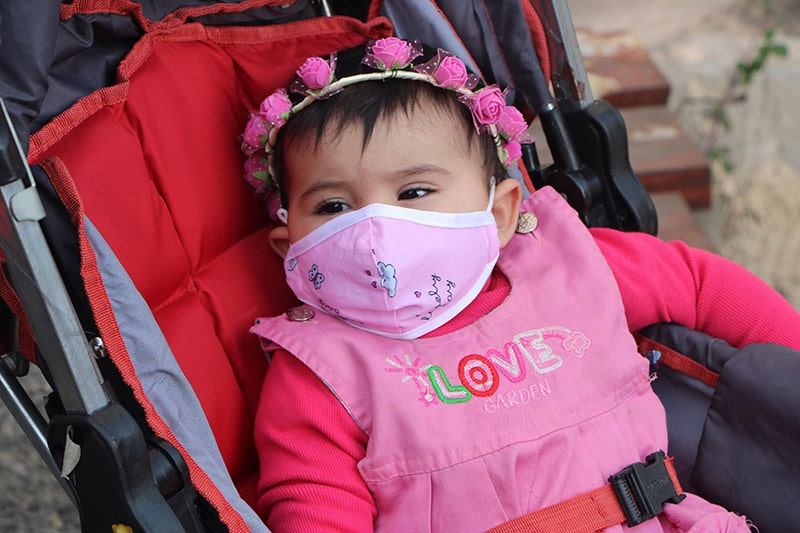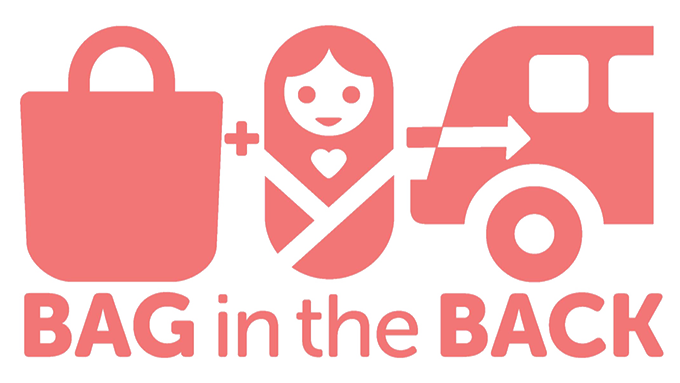
21 May 4 Car Seat Safety Sleep Tips for Worried Parents
Real-life stories of babies suffocating while sleeping in a car seat is a sobering reminder that while car seats promote safety and significantly reduce the risk of serious injury or death in children, when used incorrectly, the results can be fatal.
In fact, each year there are a recorded 3,500 sleep-related deaths in the US. Reasons for these tragic incidents include Sudden Infant Death Syndrome (SIDS) and – most relevant to the topic of car seats – accidental suffocation. This is why experts say that while you shouldn’t be worried if your child dozes off in his or her carseat for short periods of time, napping or sleeping for long stretches in a car seat is not advised.
Here’s why:
- While car seats are designed to be portable and convenient to carry around, these are not intended for use outside of the car/stroller with your sleeping baby left alone in it.
- The inclined position of a car seat may cause sleeping children to tilt their heads downwards, potentially blocking the airway and causing suffocation.
- Car seat buckles, whether loosened or tightly buckled, can cause strangulation and suffocation.
Knowing the above factors, what are the best ways to keep your child safe while sleeping in a car seat? Is it even safe for a child to sleep in a car seat at all? You can only do so much to keep your child awake while you’re driving. So, what’s the right thing to do?
The Bag In The Back Team will answer all your questions. We list 4 practical sleep safety tips and other useful information to ease the minds of anxious parents when preparing for a drive.
- Your baby should always be accompanied, especially in a hot car.
When not in your arms, the only ideal and safe sleeping environment for a baby where you can leave them for an extended time is on a flat, clean, and comfortable surface such as a crib mattress. Car seats are designed only for traveling and should be used with parental supervision at all times.
So, for long-distance drives, experts recommend periodically stopping to take your child out of the car seat for fresh air, to stretch out, change their clothes/nappies, or simply to cuddle with mom or dad.
- Always remember that the car seat is intended only for use inside the vehicle.
Car seats are designed to increase your child’s safety while traveling, but they are not designed to keep your child safe outside of the car the seat was intended for. So, while it is tempting to just detach the car seat and carry it with your sleeping child still in it while you quickly grab lunch or buy something at the grocery store, the few minutes it takes to run an errand is crucial to your sleeping child’s safety. It’s best to just pick your child up and carry them or lay them flat in a stroller that was designed to fit that car seat. (i.e. travel system).
It is perfectly safe to set the car seat on a low, even surface briefly while you unlock the door or grab the diaper bag, for instance. But never place a car seat with a sleeping child in it on a high or uneven surface like the edge of a couch or on a kitchen countertop. Even small infants can move or wiggle about, and a car seat is not designed to be steady in such instances.
- Always safely secure your baby’s car seat harnesses or buckles.
Whether your baby is sleeping or awake, in the car or out of the car, always use the car seat correctly – this means always securing the harnesses correctly. Loosening the car seat’s harnesses or buckles is unsafe because your baby will have the opportunity to move around, presenting strangulation or suffocation risks.
- Always remove your baby fully from the car seat once you arrive at your final destination.
As soon as possible, when you have arrived at your destination, fully remove your sleeping baby from the car seat and carry them safely in your arms, baby carrier, stroller, or baby sling. You can also set them down, on their backs, on a crib mattress or bassinet. This will ensure their safety and your peace of mind if you need to do other chores or, if you like, even take that well-deserved nap.
Conclusion
Long drive ahead? If you’re taking babies or young children with you, sleep safety should be among your top concerns. And rightfully so. Thousands of parents have tragically lost their babies due to sleep-related deaths. Strangulation or suffocation deaths are largely avoidable if you take the time to research and observe proper precautions. Car seats are only accessories to enhance your child’s safety while traveling. As parents, you are always your child’s first line of defense.
Related Questions
What’s the safest sleeping position for a baby?
According to the American Academy of Pediatrics (AAP), “Infants should be placed for sleep in a supine position (wholly on the back) for every sleep by every caregiver until the child reaches 1 year of age.” Unless the baby is one year old and above, the AAP does not recommend side sleeping or sleeping on their tummies.
How long should a child use a rear-facing car seat?
It’s tempting (and easier) to move your child to a forward-facing car seat right away, however current recommendations from The National Highway Traffic Safety Administration (NHTSA) is to keep children rear-facing until they reach the maximum height or weight for their convertible seat. This is usually at 3 – 5 years old, depending on the seat and the child’s growth. If you have any further questions regarding car seat safety, please consult your pediatrician – remember that they are parents’ #1 resource for child safety.
